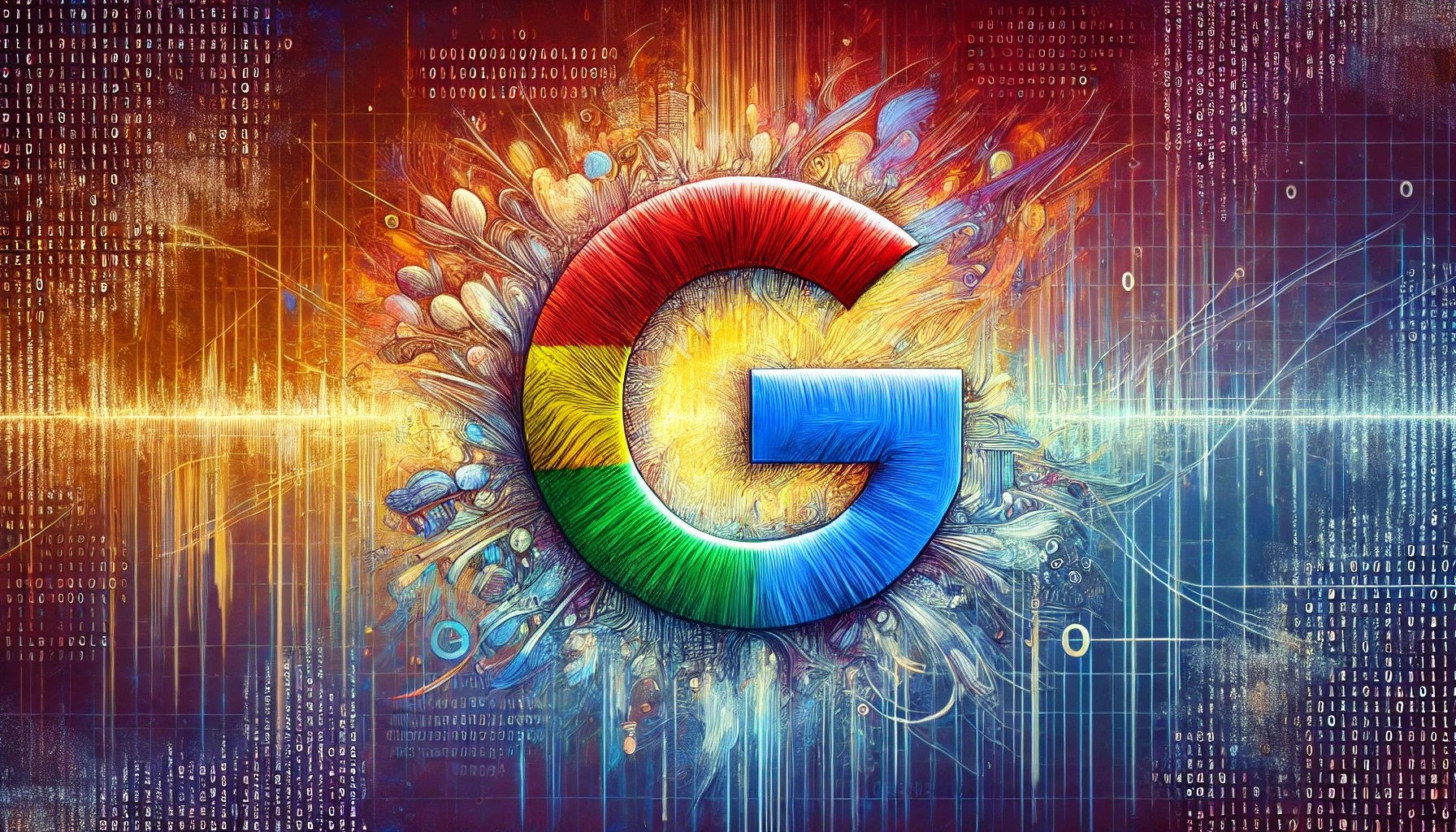[nectar_responsive_text inherited_font_style="default" text_direction="default"]
[nectar_dropcap color]N[/nectar_dropcap]eurodiversity is often discussed in the workplace as a means of gaining a competitive edge. But this post is about inclusion first and foremost.
Neurodivergent individuals (including those with autism, ADHD, dyslexia, and other cognitive differences) bring diverse ways of thinking, problem-solving, and working that should be valued on their own merits, not just for what they offer an employer.
Neurodivergence in the workforce is not a gimmick or a magic trick—it’s simply an adaptive way of thinking, processing, and experiencing. And this article explores how businesses can create a truly inclusive environment—one that prioritizes accessibility, support, and belonging. When that happens, everyone wins.
[/nectar_responsive_text] [image_with_animation image_url="4552" image_size="full" animation_type="entrance" animation="None" animation_movement_type="transform_y" hover_animation="none" alignment="center" border_radius="10px" box_shadow="none" image_loading="default" max_width="100%" max_width_mobile="default"]
Rethinking Work: The Case for Neurodiversity
Workplaces have long been shaped by rigid expectations of productivity—often overlooking the diverse ways people think and work. This can create unnecessary barriers for neurodivergent individuals, making it harder to thrive.
True inclusion means creating environments where all employees feel valued, supported, and empowered to contribute in ways that align with their strengths. When businesses build neurodivergent-inclusive workplaces, they foster cultures of belonging, adaptability, and fresh thinking.
Neurodiversity Is an Asset, Not a Challenge
[divider line_type="no-line" custom_height="25"]
With the right support, neurodivergent professionals bring unique strengths:
- Different ways of thinking help approach challenges from new perspectives
- Deep focus and passion allow individuals to excel in areas of expertise
- Pattern recognition and attention to detail help spot trends others might miss
- Creativity and innovation bring fresh ideas and unique approaches
By designing workplaces that embrace neurodiversity, businesses don’t just do the right thing—they build stronger, more innovative teams where everyone has an opportunity to thrive.
[image_with_animation image_url="4557" image_size="full" animation_type="entrance" animation="None" animation_movement_type="transform_y" hover_animation="none" alignment="center" border_radius="10px" box_shadow="none" image_loading="default" max_width="100%" max_width_mobile="default"]
Real-World Examples: Where Neurodiversity Shines
Some companies are actively integrating neurodiversity into their workforce, and have seen firsthand the benefits of removing barriers to employment.
Companies Leading the Way in Neurodiversity
[divider line_type="no-line" custom_height="25"]
- Microsoft’s Neurodiversity Hiring Program: Microsoft has actively recruited neurodivergent talent for roles in software engineering, data science, and marketing, demonstrating that diverse thinking leads to better problem-solving and innovation.
- SAP’s Autism at Work Initiative: SAP has built a hiring pipeline to recruit autistic individuals, recognizing their exceptional strengths in data analysis, software testing, and cybersecurity.
- Ernst & Young (EY) Neurodiversity Centers of Excellence: EY has focused on hiring neurodivergent professionals in high-demand fields like data analytics and cybersecurity, proving that embracing different cognitive styles leads to stronger, more efficient teams.
These companies aren’t doing this as an act of goodwill—they’re creating smarter, more adaptable teams that reflect the world around them. [image_with_animation image_url="2600" image_size="full" animation_type="entrance" animation="None" animation_movement_type="transform_y" hover_animation="none" alignment="center" border_radius="10px" box_shadow="none" image_loading="default" max_width="100%" max_width_mobile="default"]
How to Create a Neurodiverse Workplace
Hiring neurodivergent employees is just the first step—supporting them in a way that fosters success and long-term retention is where companies often fall short.
Here’s how businesses can build a culture that supports neurodiversity.
1. Rethinking the Hiring Process
[divider line_type="no-line" custom_height="25"]
Traditional interviews aren’t always the best way to assess talent. A fairer hiring process means better matches for roles and a stronger, more inclusive workforce.
- Use skills-based evaluations instead of standard interviews.
- Offer work trials, sample projects, or alternative hiring methods.
- Train hiring managers to recognize and remove unconscious biases.
2. Workplace Accommodations That Truly Matter
[divider line_type="no-line" custom_height="25"]
Small changes can make a huge difference in productivity and well-being. Accommodations are not “special treatment”—they’re a way to ensure every employee can thrive.
- Provide noise-canceling headphones, flexible seating, or remote work options.
- Allow adjustments in communication—some may prefer in-person over video.
- Offer structured routines, clarity in tasks, and clear deadlines.
3. Training & Awareness for Neurodiversity
[divider line_type="no-line" custom_height="25"]
Build a culture of support and inclusivity. Companies that prioritize learning and adaptation will see the best results.
- Educate managers and teams about neurodiversity to reduce stigma.
- Encourage open dialogue so employees feel safe discussing their needs.
- Implement mentorship programs to support neurodivergent professionals.
[divider line_type="Full Width Line" line_thickness="1" divider_color="default" custom_height="60" custom_height_phone="10"]
Summary: The Future of Inclusive Innovation
Neurodiversity in the workplace isn’t about meeting a quota—it’s about fostering environments where different ways of thinking drive creativity, problem-solving, and stronger teams. Companies that rethink hiring, prioritize accommodations, and invest in education create workplaces where all employees thrive.
Industry leaders like Microsoft, SAP, and EY champion neurodiversity not as a trend or a competitive advantage—but as a necessity. Inclusion isn’t just about giving neurodivergent individuals a chance to succeed—it’s about giving businesses the opportunity to innovate and grow.












